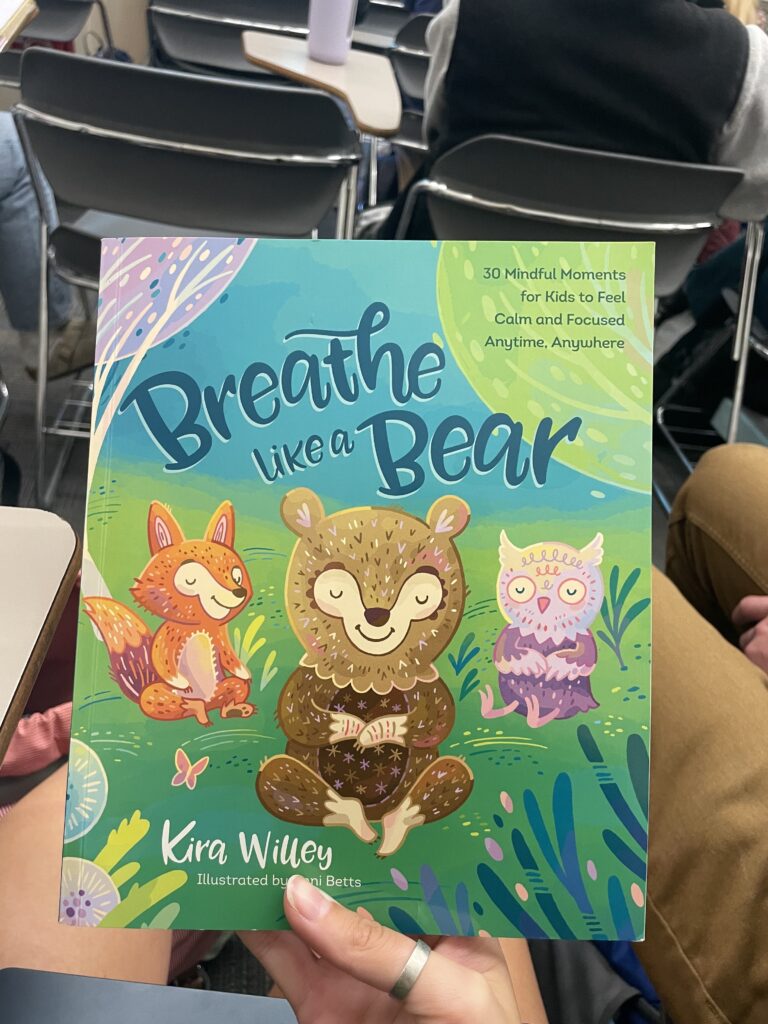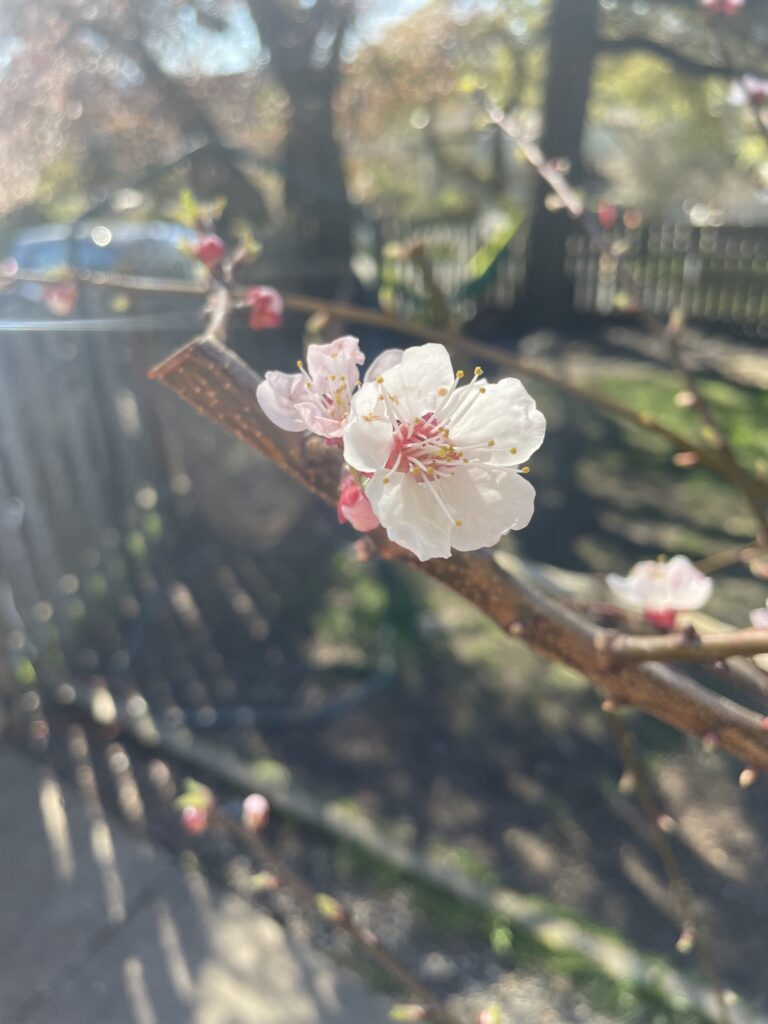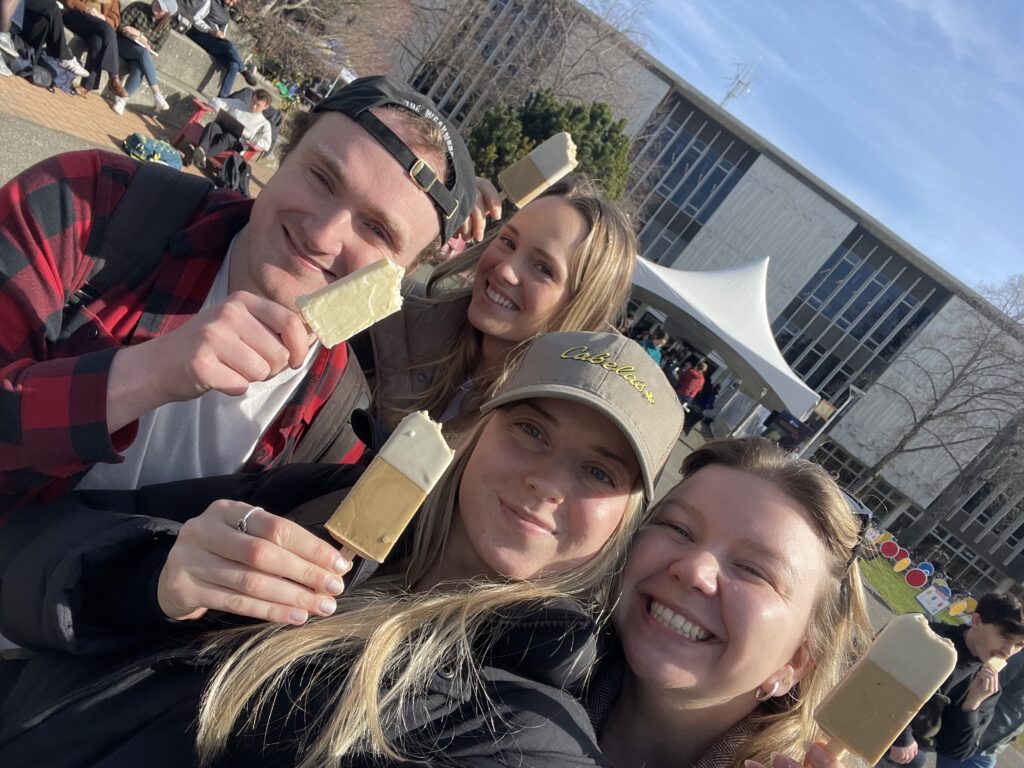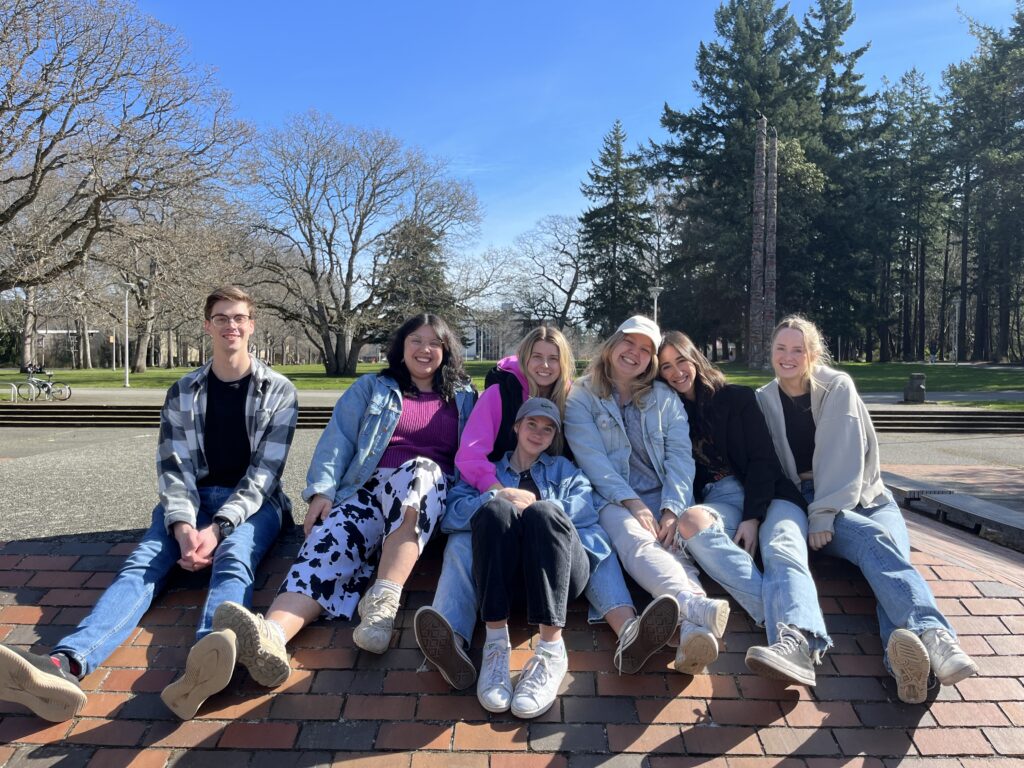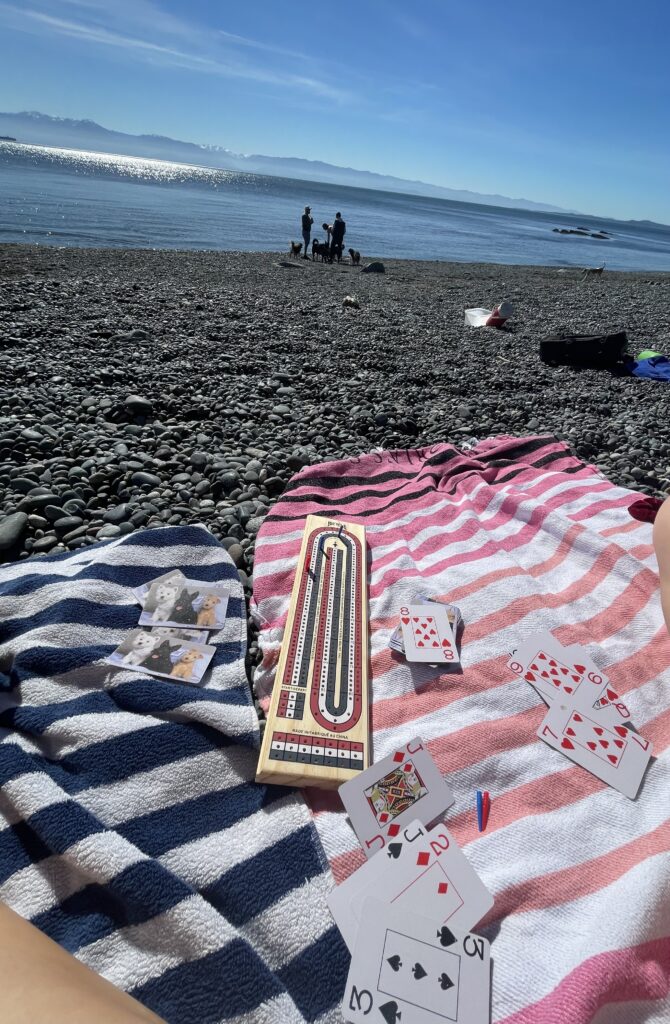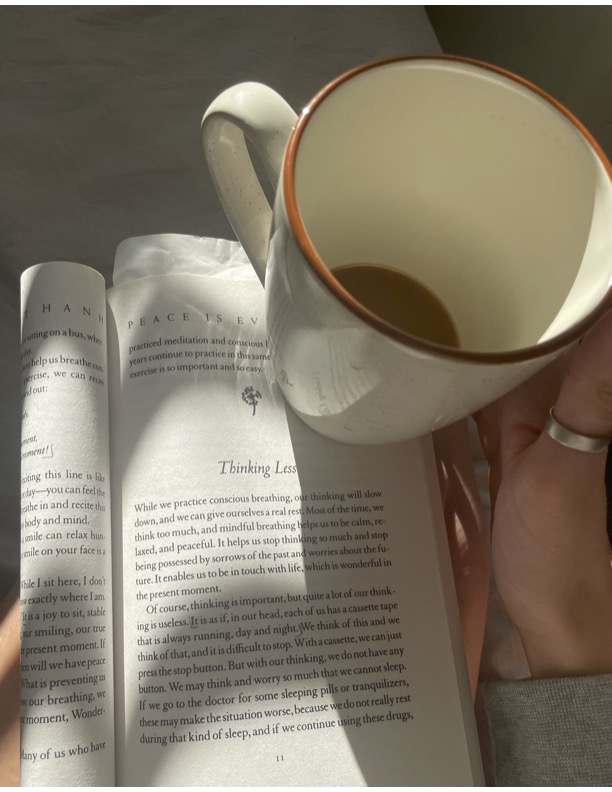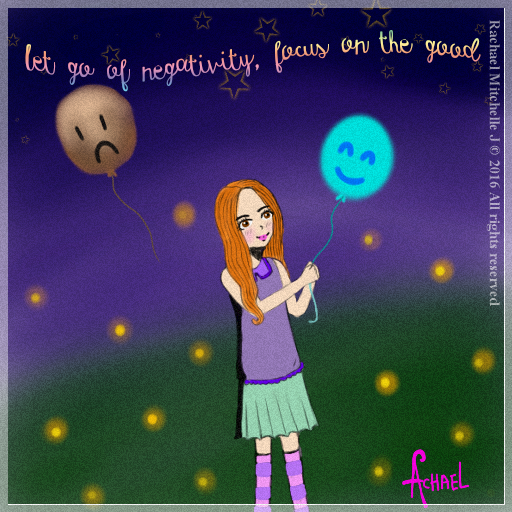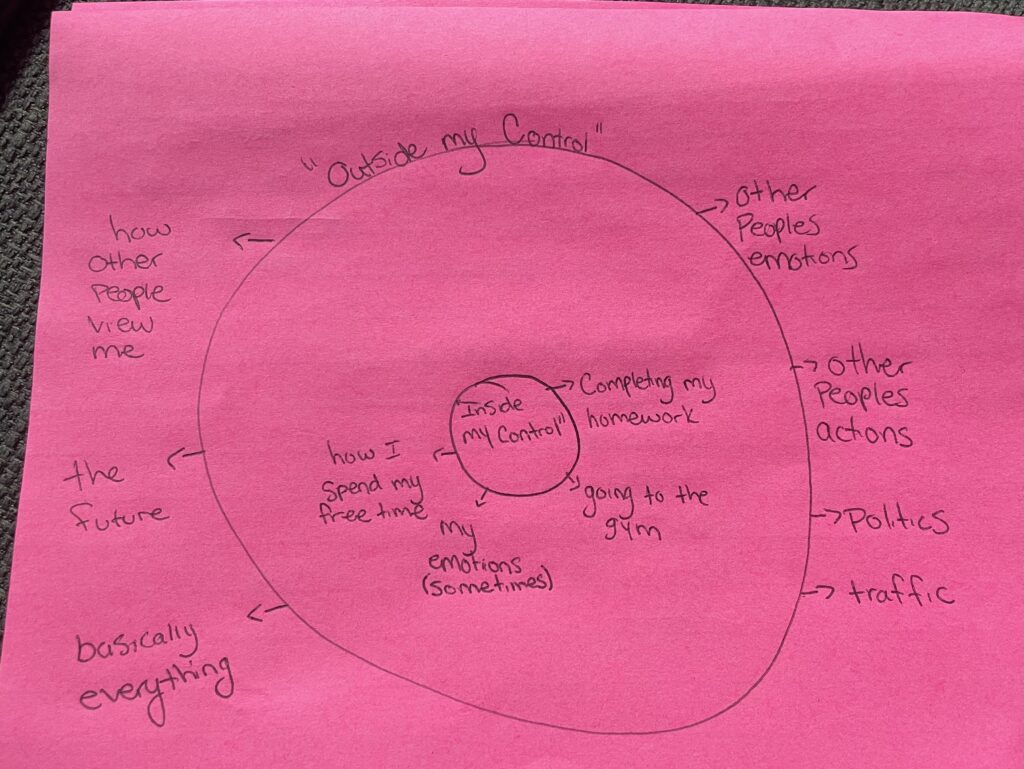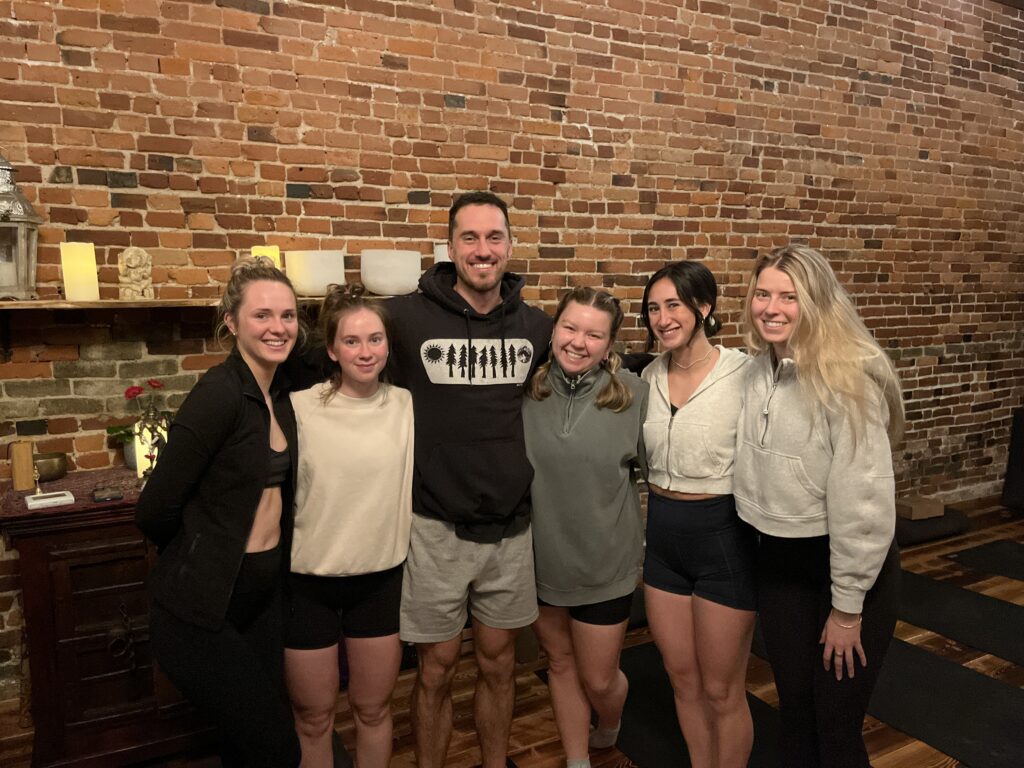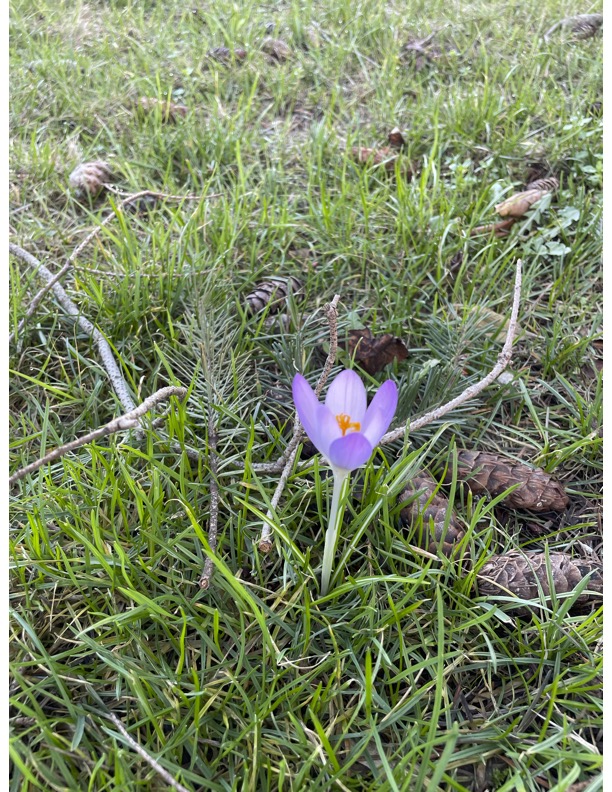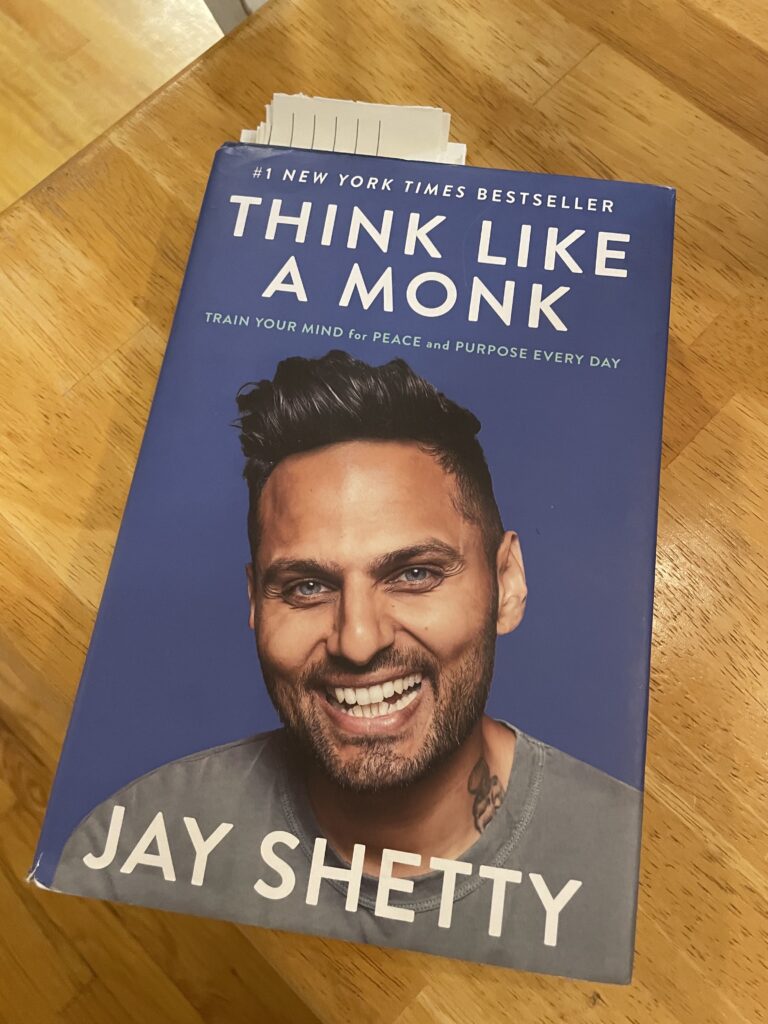When deciding on an inquiry at the beginning of the semester, I wanted to base it off of something where I felt I needed to make more time for in my life. I believe I stated this in my first blog post (woh feels like forever ago) that my roommate and I recently got into mindfulness a month or so before this inquiry presented itself. I thought doing my inquiry on mindfulness was the perfect opportunity to kill two birds with one stone as I could complete an assignment while finding time to do something I was interested in. But I never thought I would grow this much from this experience and I am very grateful for this opportunity. When I was practicing mindfulness with my roommate I felt like I had no time to reflect on it, I just did it and went on with my day with little impact struggling to find meaning to the practice. With this inquiry however, it allowed me to actually be in the full present moment of my mindfulness practice and to be able to reflect every week on how I felt and how I progressed in my mindfulness journey. I don’t believe I would change anything if I had to repeat this process over again. I feel like the ups and the downs are all a part of learning and a part of inquiry, so even if I felt like I didn’t have a great week with that much content or time to reflect, (which did happen) I wouldn’t change that because it was all a part of the process, it was all apart of the game of life!
I took some huge takeaways from this inquiry. The greatest impact that occurred for me was definitely the chapter I read on negativity. I still think about it daily and work on it non-stop and I feel like it’s a practice that I am really starting to get good at. My last two posts were about implementing mindfulness in the classroom, and I am so happy I took the time to research that because I now see the benefits of mindfulness for students. This inquiry has not only benefited my future self personally, but also my future teaching self. I can now implement what I have learned into my future classroom in hopes of creating healthy habits and beautiful moments for my students.
I have to give a shoutout to my boy Jay Shetty one final time because I relied on (and still rely on) so much throughout this inquiry. I would recommend following him on Instagram if you have that platform because he shares awesome quotes daily and tips to all sorts of topics in everyday life.
So as I sit here writing one last blog post with the beautiful sun peaking through the window, I want to give a moment of gratitude for this experience and for the learning I did along the way. I cannot wait to continue this practice even after this semester comes to a finish because mindfulness is now apart of my everyday life, and a way to keep my mind and body healthy.
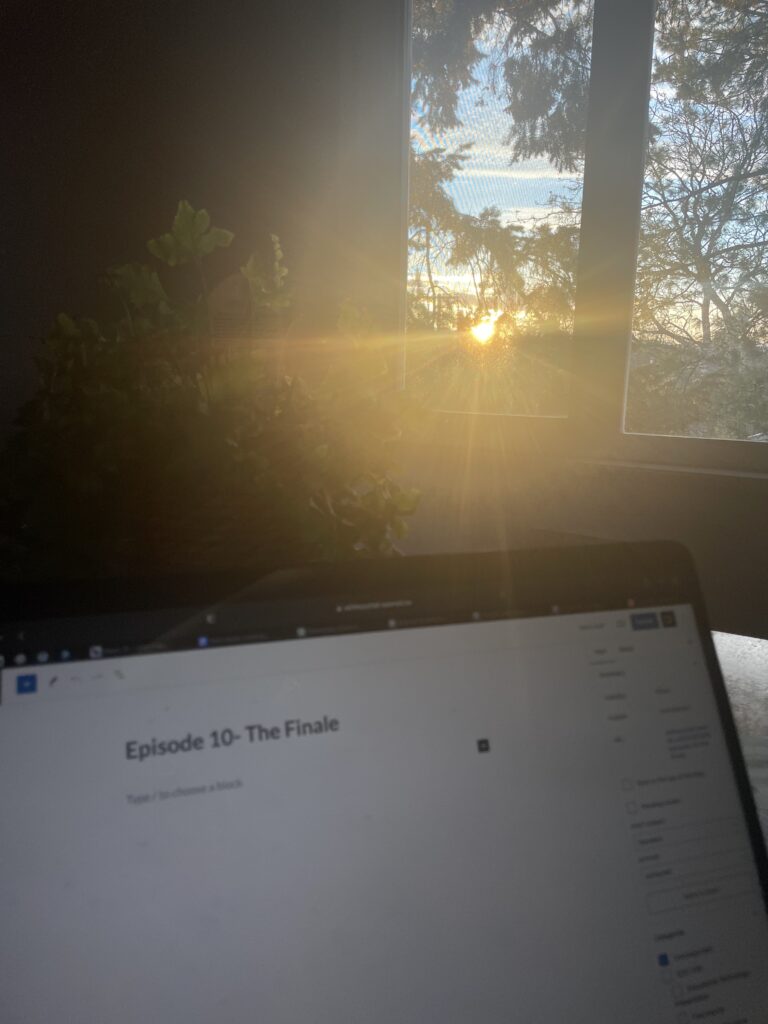
Photo By Ashley Hall is licensed under CC BY 4.0
Thank you to my loyal readers, I appreciate you all so much, I hope to meet again in the future.
Ashley Hall, signing off.
